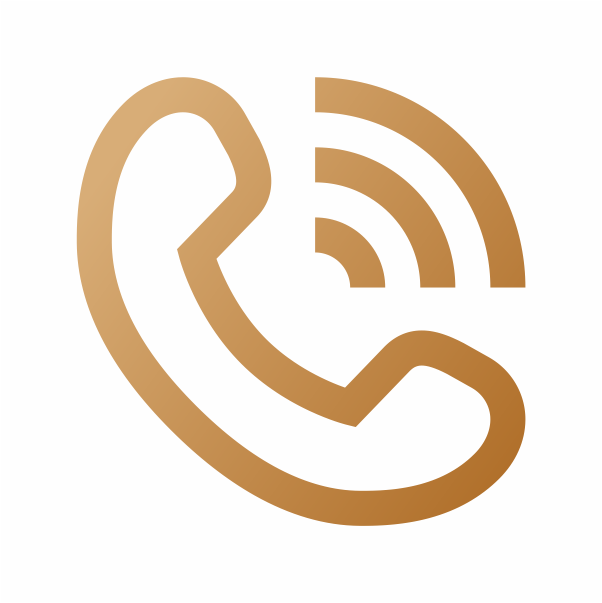Identifying Hallmarks and Stamps
When determining the authenticity of gold and silver silverware, examining hallmarks and stamps is a critical step. Hallmarking serves as a standardized method of verifying the purity and origin of precious metals, ensuring their quality and authenticity. Authentic gold and silver pieces typically bear several types of marks, each providing specific information about the item.
Firstly, purity marks indicate the metal content of the piece. For silver, common purity marks include “925,” signifying sterling silver with 92.5% purity, and “800,” denoting 80% purity. Gold items may be marked with numbers such as “750” for 18-karat gold or “585” for 14-karat gold. These marks are usually accompanied by symbols or letters representing the country of origin.
Maker’s marks are another essential type of hallmark. These are unique identifiers stamped by the manufacturer or artisan who created the piece. Maker’s marks can often be intricate symbols, initials, or logos, providing a traceable link to the item’s origin and age. Identifying the maker’s mark can significantly enhance the value of your silverware, as renowned makers are highly sought after by collectors.
Assay office marks represent the institution that tested and certified the metal’s purity. In countries with stringent hallmarking systems, such as the United Kingdom, assay office marks are a testament to the rigorous testing the piece has undergone. These marks typically include a symbol representing the assay office, such as the anchor for Birmingham or the leopard’s head for London.
Locating these marks requires a careful examination of the silverware. Common places to find hallmarks include the underside of flatware handles, the back of spoons, the base of bowls, and the inner rims of cups. A magnifying glass or jeweler’s loupe can be instrumental in revealing these tiny stamps.
To verify the authenticity of the hallmarks, resources like hallmark databases and reference books are invaluable. Online databases can provide instant access to information about various marks, while reference books offer detailed descriptions and images for comparison. Combining these resources with your observations will help you confirm the legitimacy of your grandparents’ gold and silver silverware.
Determining the authenticity of your grandparents’ gold and silver silverware can be accomplished through a mix of physical and chemical tests. These tests range from simple procedures you can perform at home to more sophisticated methods requiring professional equipment.
Simple At-Home Tests
One of the easiest ways to test for authenticity is the magnet test. Gold and silver are non-magnetic metals. By placing a magnet near the item, you can quickly determine if it’s made from these precious metals. If the magnet sticks, the item likely contains a different type of metal.
Another straightforward method is the nitric acid test. For gold, you can apply a small drop of nitric acid to a discreet area of the silverware. Genuine gold will not react to the acid, while a non-gold metal will show a green or milky reaction. For silver, nitric acid will turn a tarnished area creamy white if the item is genuine. Exercise caution and use protective gear, as nitric acid is highly corrosive.
The ice test is another simple way to check for real silver. Place an ice cube on the silverware; genuine silver conducts heat extremely well and will cause the ice to melt rapidly compared to other metals.
Advanced Testing Methods
For more accurate results, advanced testing methods such as X-ray fluorescence (XRF) analysis and specific gravity tests may be necessary. XRF analysis involves using a specialized machine to measure the spectrum of the metals, giving a precise breakdown of the material composition. This method is typically performed by professionals and is highly accurate.
The specific gravity test measures the density of the metal. By using a precise scale and water displacement technique, you can calculate the density and compare it to standard values for gold and silver. This method also often requires professional equipment and expertise to ensure accuracy.
While these tests can provide valuable insights, it’s crucial to handle them with care to avoid damaging potentially valuable items. Consulting with a professional jeweler or appraiser is advisable for the most accurate and safe assessment of your grandparents’ gold and silver silverware.



